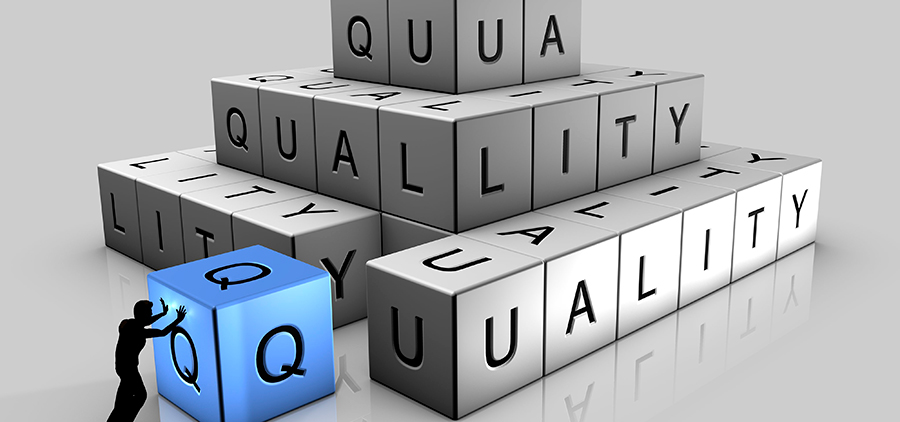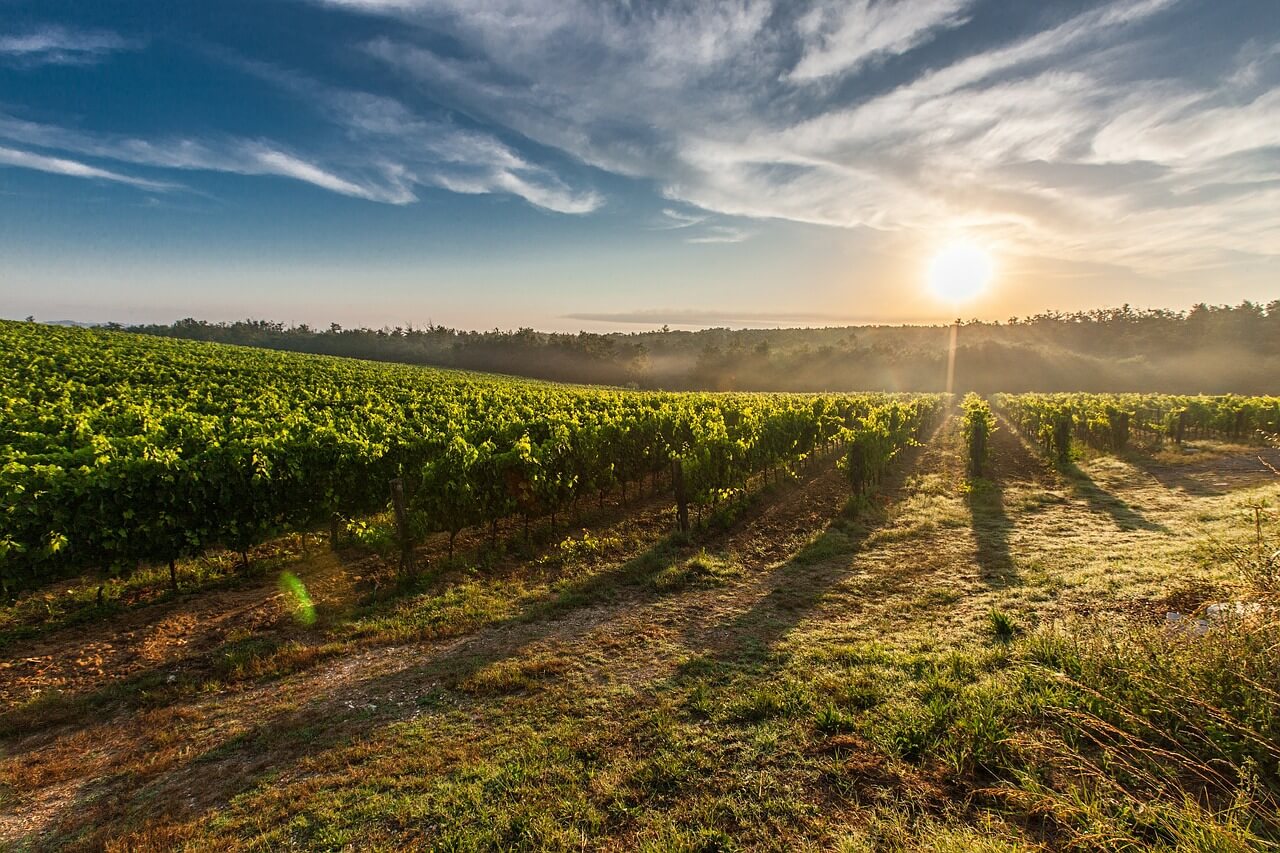Food Traceability: everything you need to know
The traceability of products, in general, arose due to the need to know the location of a certain product in the logistics chain.
Companies and authorities in various markets around the world are interested in establishing systems to monitor and track products at different points in the supply chain.
Food Traceability may be an unfamiliar mechanism for many people, especially for end consumers, but the use of this tool is important and is a responsibility of the entire agrifood chain. If you wish to implement or improve your company’s traceability, this post will show you everything you need to know.
In this post, you will see:
- What is Food Traceability?
- How is food tracked?
- Benefits of applying Food Traceability
- Information required for each segment of the agrifood chain
- Food Traceability tools
- The RAMA program
But, what is Food Traceability anyway?
Food Traceability, is the set of procedures that allows you to detect the source and monitor the movement of a product throughout the production chain, by means of registered information elements and documents.
How is food tracked?
In practice, food is tracked by means of food information records, including the entire history in the food production chain. From its source, at the farm, to the supermarket shelves or restaurants to the end consumer.
This is done by means of a unique code for each lot. This code will follow the food throughout the entire food production chain. It can be consulted at any time.
This code is alphanumeric, combining letters and numbers on a label. This label has a QR CODE, which contains all the information regarding these foods. As can be seen in the image below:
The benefits of applying Food Traceability
-
Transparency in the supply chain
Knowing exactly where and through which processes the food has been. Having and making available the records and history of each lot for the entire supply chain.
-
Food safety and agility in the event of recalls
In cases of food poisoning outbreaks or contamination events, efficient food tracking helps food production professionals, as well as government agencies, to quickly locate contaminated products.
-
Connection with end consumers
Through traceability, end consumers know all product information, such as where it comes from, the path it has taken, its production process, unique features and quality certifications. By using this tool, your product's communication stands out for conveying safety and transparency, adding value to the product.
-
Market Competitiveness
With this unique feature added to your product, your brand stands out and gains competitiveness in the market.
As seen earlier, food tracking is the responsibility of the entire food chain. From the farmer, distributor, and industry, to supermarkets and restaurants.
With this, we’ll show you what information is needed for each link in the chain
-
Farmer
Ensure the internal processes’ basic information, which are: production in the field, classification, packaging, and processing.
-
Distributor
Guarantee the information from the previous link, from the buyer. Guarantee the information of the following link, for those who will sell it.
-
Supermarkets, Grocery Stores and Food Industries
Guarantee the information of the previous link and make the identification of the highlighted products available. For packaged products, the law must be obeyed regarding labeling and lot identification.
-
Restaurants
Guarantee the information from the previous link, from the buyer.
In other words, you’ll always have a previous entity and a following entity.
Previous Entity:
- Product information
- Supplier information
- Invoice or equivalent
Following entity
- Product information
- Buyer information
- Invoice or equivalent
Were you aware that QR codes contained so much information?
We hope you have noticed that Food Traceability is much more than merely generating labels for your product. It creates a collaborative and transparent food chain where everyone is concerned and cares about food quality and safety.
Food Traceability Tools
Well, I believe that you’re already familiar with its benefits, and why using a Food Traceability tool is essential for your business. But, we have to talk about technology here.
In order to track food, you need to have a tool to help you create this code and that is accepted throughout the market.
PariPassu has a solution that can help you on this journey: the Rastreador PariPassu, a tool to track and make recalls at all stages of the food chain.
Benefits of the Rastreador PariPassu
By using the PariPassu Tracker, you will fully automate the food tracking process and thus, provide agility and efficiency to your business.
But, moreover, the PariPassu Tracker has several benefits for the different areas of the food production chain:
- Field management and inputs for food producers (Rastreador do Campo)
- Automated receipt of products
- Automated quality inspection
- Volume control of incoming and outgoing products
- Out of stock order check
- Record of food processing (slicing, packaging, sanitizing, etc.)
- Accept purchase orders from distributors and suppliers directly from the application, if it also has the PariPassu Tracker
- Supplier control (Panorama)
- Integration with various tools
- Sankya
- Omie
- Bling
- Conta Azul
- Totvs
- Assaí/GPA
- Compre Bem
You might have noticed that we have added a few items, such as the Rastreador do Campo and Panorama. These are two features integrated to the PariPassu Tracker.
The Rastreador do Campo is a feature aimed at farmers.
With it, you can document all agricultural management on your property.
Panorama was developed for the entire production chain. Panorama is a tool for managing indicators, which allows you to make decisions based on information and have full control over your company's data.
Did you like our solution, and are you interested in applying it to your business? Schedule a chat with one of our experts and understand how the PariPassu Tracker can help you:
RAMA Program
We couldn’t end this post about Food Traceability without talking about the RAMA Program.
The Food Traceability and Monitoring Program (RAMA) was developed by the Brazilian Supermarket Association (ABRAS). It associates traceability and pesticide monitoring information for fruits, vegetables and greens.
In the program, samples of fruits, vegetables and greens are collected at points of sale to be analyzed for pesticide residues. If pesticide residue - not allowed for the crop, or at a level above that established by law - is detected, the reading of the traceability code allows the product source to be identified so that an action plan can be quickly structured.
The more than 60 chains that participate in RAMA, by voluntary adhesion, receive the necessary guidance to encourage their suppliers to adopt good agricultural practices and action plans, so that all those involved - producers, distributors and supermarkets - can offer safe food to end consumers.
We know that inspection by the competent bodies is strict, and therefore, the food chain must be aware of food contamination issues.
Participants in the RAMA Program have exclusive access to a platform of shared information regarding the analyses performed on various products, generating a consolidated database, preventing supermarkets from having to reanalyze compliant products.
Moreover, if inspected, the supermarket will be prepared to meet the expectations of government agencies, since all products have a declared source and are monitored frequently, showing the supermarkets’ interest in ensuring the safety of the food being sold. PariPassu is the technical supervisor of this program and actively acts in the development of the supply chain.
Many participants in the RAMA Program, besides being concerned with the quality of their products, have adopted the strategy of disseminating and informing consumers about the importance of learning about the traceability process, by displaying illustrative materials on the shelves of the produce section, as in the case of the Hiperbom Supermarket Chain, a supermarket chain in the city of Florianópolis, Santa Catarina.
We hope you’ve enjoyed our article on Food Traceability and its benefits. If you have any questions or would like to implement Food Traceability in your company, talk to one of our experts now!



